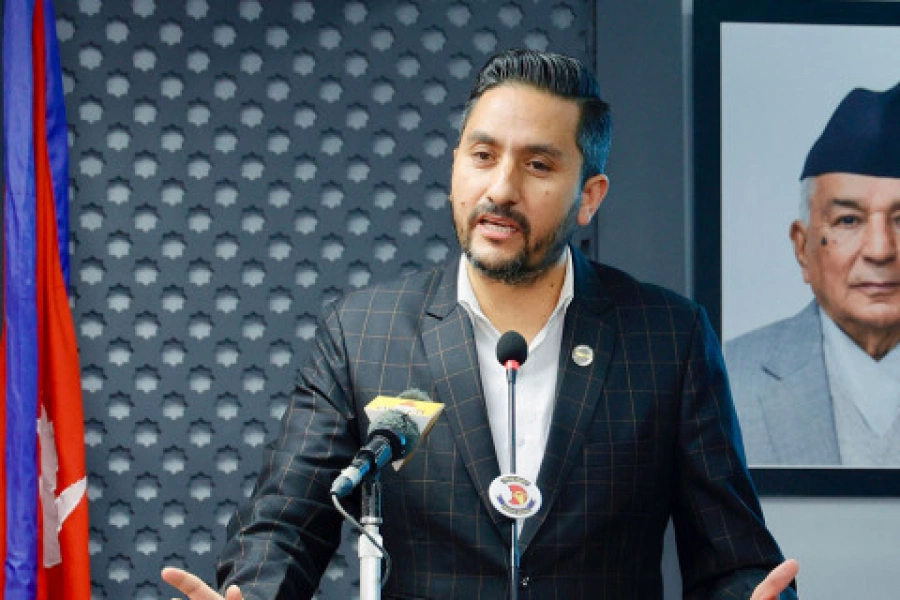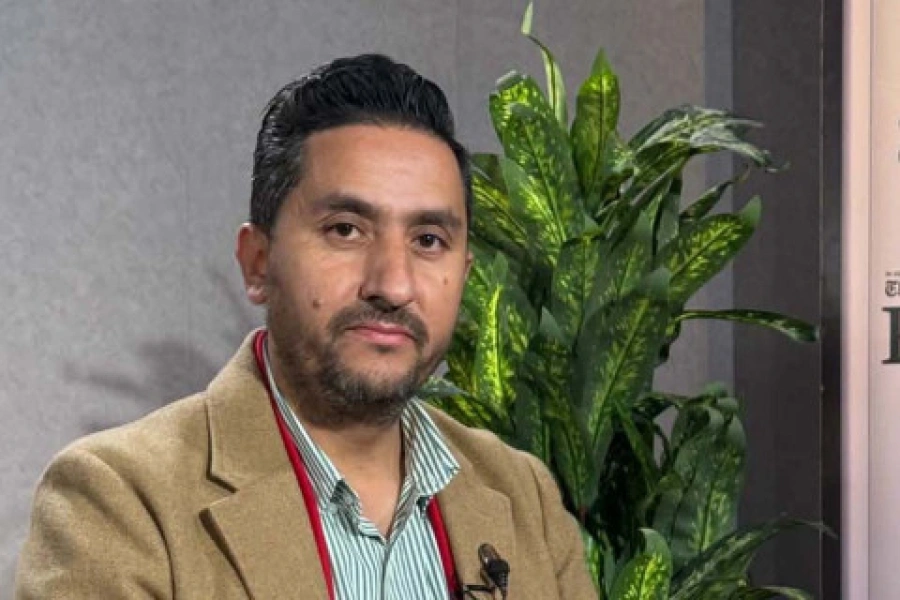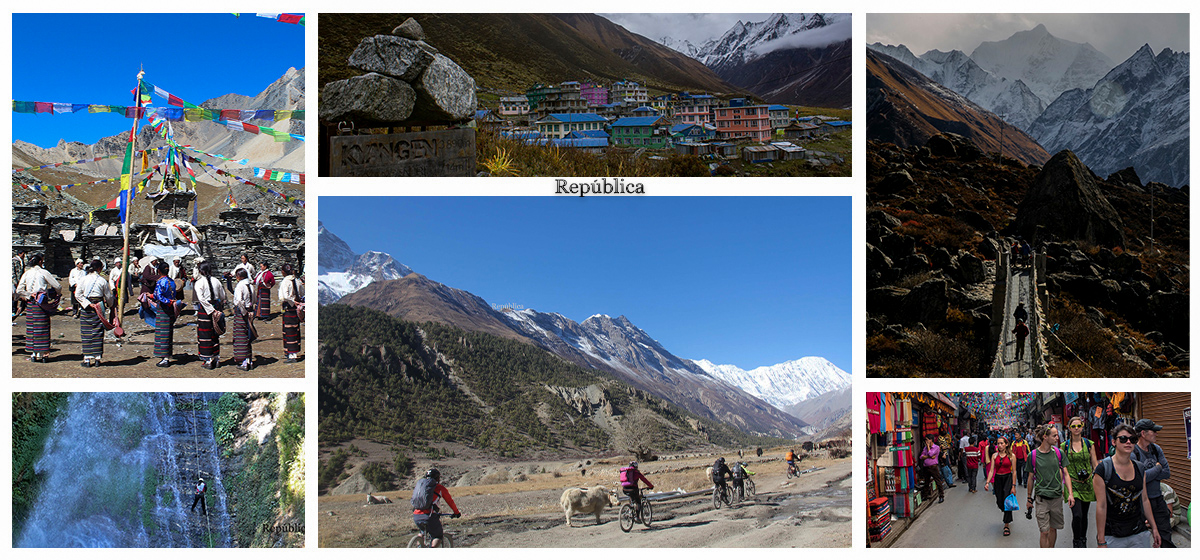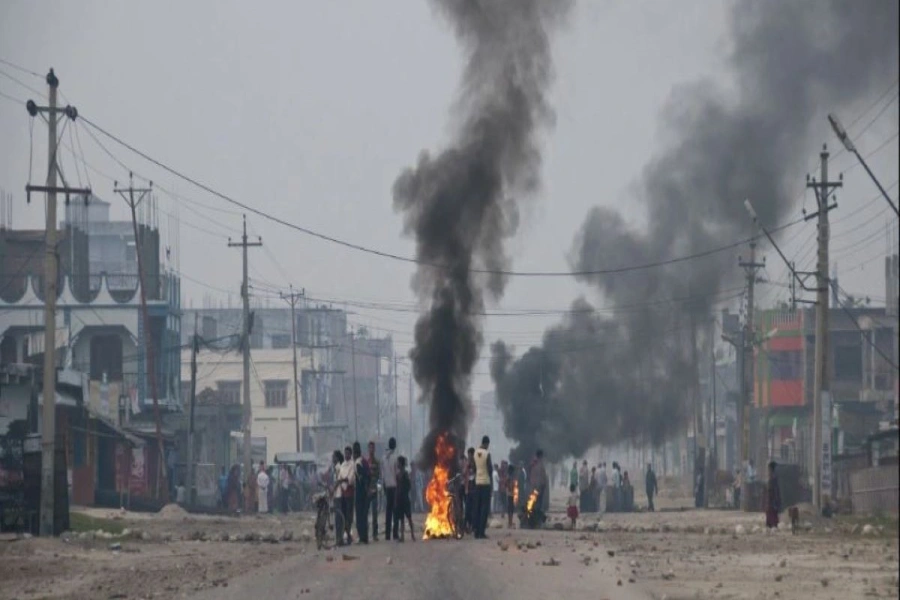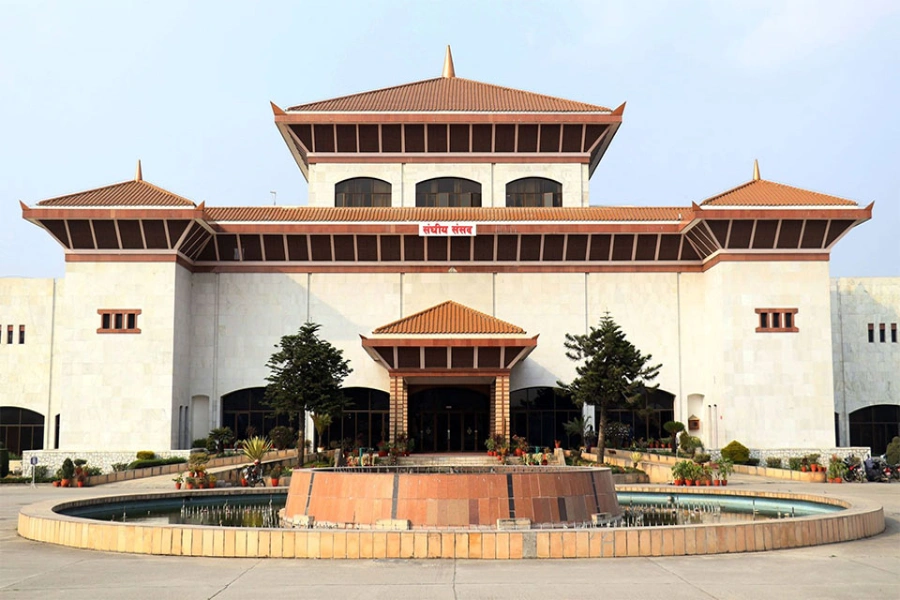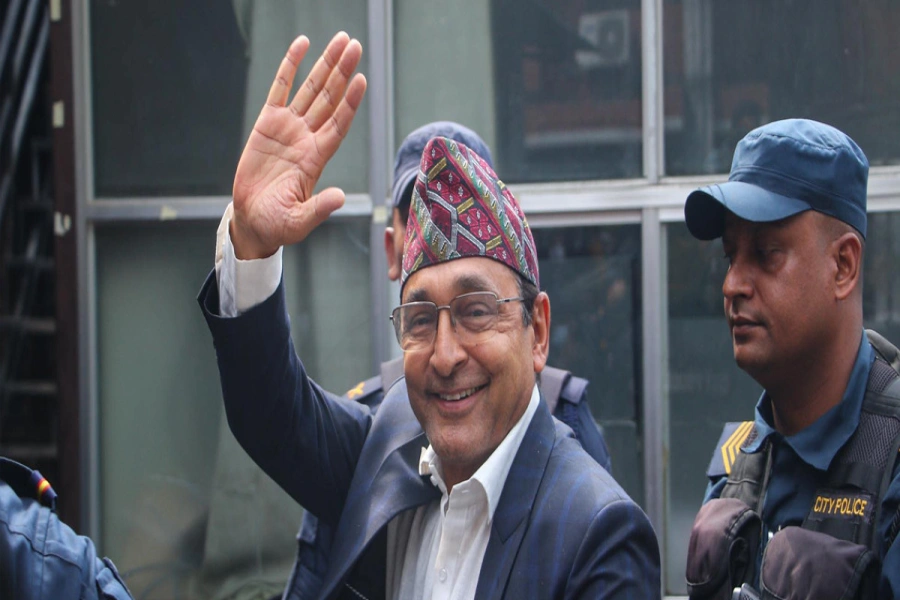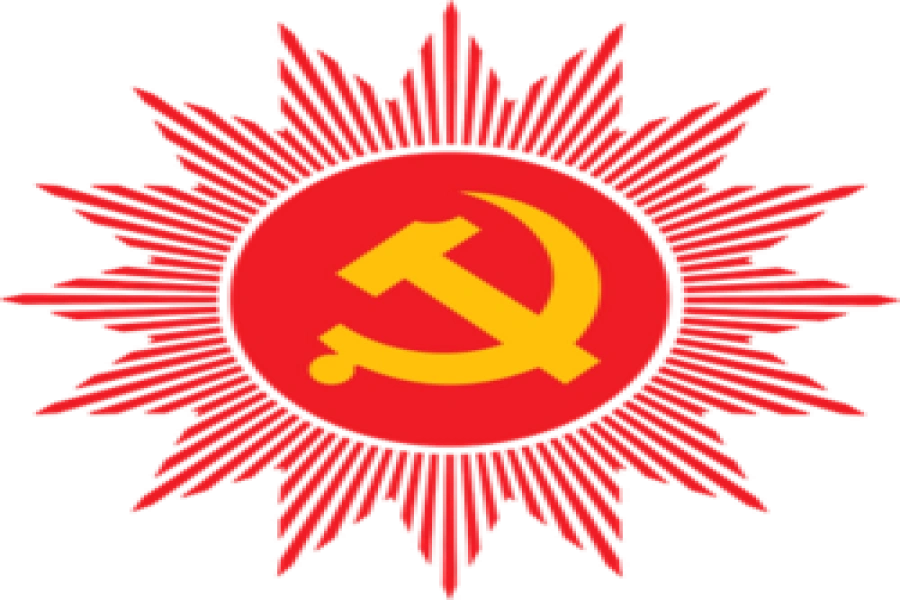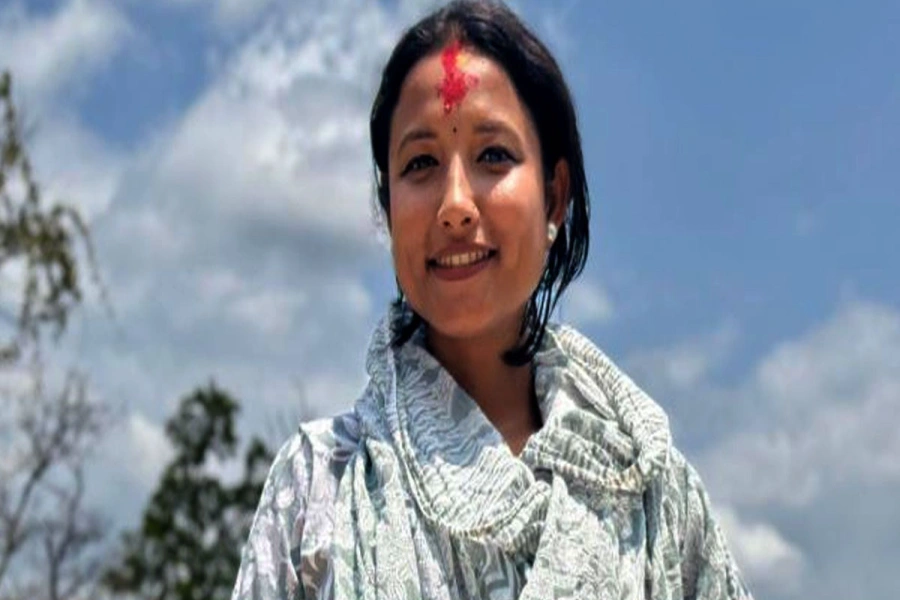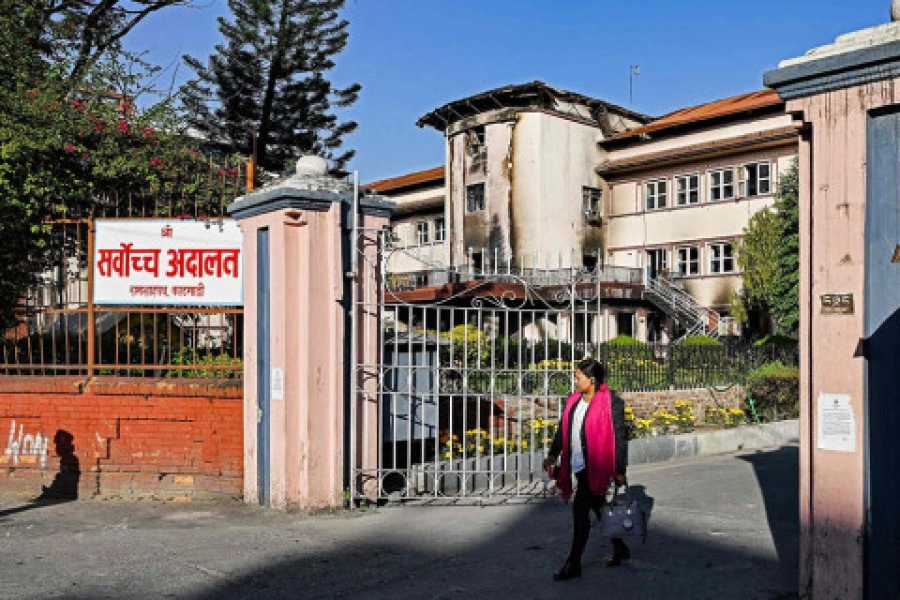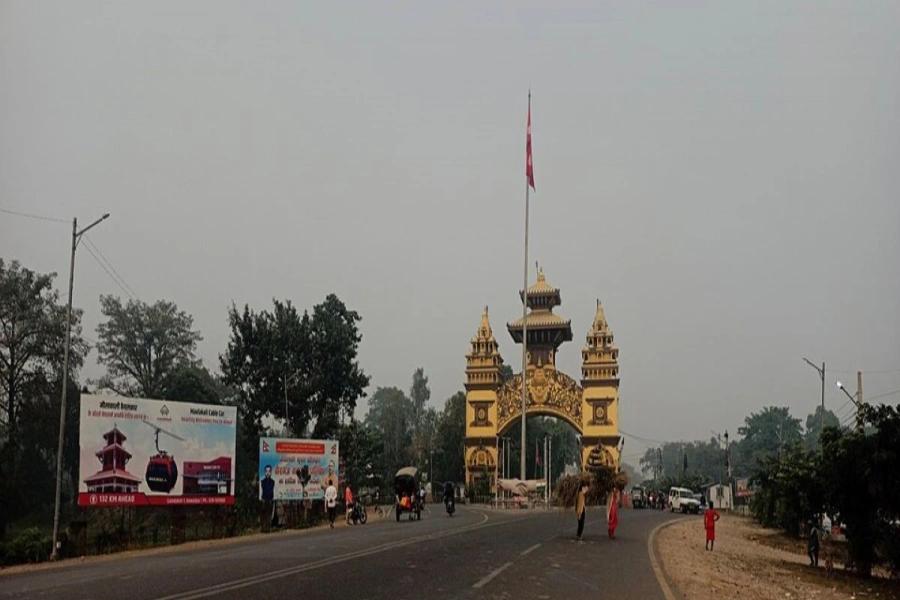To forcefully declare a member of a certain party as a martyr is an act of insulting the real martyr and defaming the word martyr.
Instead of declaring martyrs based on certain contributions and criteria, parties have established a practice of declaring martyrs when their workers or supporters are killed. Even those who died after being run over by a car are called martyrs; those who died when they were shot while sitting in the sun by the window are also called martyrs. Those who were killed in the clash between two criminal groups have also been declared martyrs.
Martyrs' Day is today, the 16th of Magh. From the 10th to the 16th of Magh 1997, Shukraraj Shastri, Dharmabhakta Mathema, Dashrath Chand, and Gangalal Shrestha were executed by the then Rana rulers, so 'Shaheed Week' is celebrated in memory of these immortal personalities. Among these great martyrs, the Rana rulers executed Shukraraj on the 10th of Magh at Teku Pachli, Dharmabhakta on the 28th of Poush at Sifal, and Gangalal and Dashrath Chand on the 15th of Magh at Sobhabhagavati. Those four great personalities who were ready to sacrifice their lives in the year 1997 in opposition to the then Rana regime are considered as Amar Shaheed (immortal martyrs). Those who fearlessly risked their lives for the sake of the country and citizens in the subsequent democratic movements and helped in the establishment of democracy are also martyrs. People who sacrifice their lives for the country and citizens are also martyrs.
Martyrdom and Confusion
It is said that the number of martyrs in Nepal is around nine thousand. Four people were formally martyred until the people’s movement of 2046 BS. Nepali people also had special respect for them. Even now, those four martyrs come to the mind of many Nepalis when they talk about martyrs. After 2046, the number of martyrs in the country started increasing markedly. However, the government does not have accurate statistics about the number of martyrs in the country. Sometimes the Ministry of Peace and Reconstruction and sometimes the Ministry of Home Affairs keep statistics on martyrs, so it is not even clear which government agency keeps the statistics on martyrs. Two commissions have been formed so far to determine the definition and number of martyrs. During Madhav Kumar Nepal's prime ministership, a task force was formed under the coordination of Modnath Prashrit to determine the definition and criteria of martyrdom. After becoming the Prime Minister of Nepal, Dr. Baburam Bhattarai also formed another working group under the coordination of Navraj Subedi. In this way, even though two working groups were formed, the report prepared by them could not be implemented after the change of government.
Martyr: Who is, who is not?
After the Second People's Movement, the government led by Girija Prasad Koirala declared 26 people as martyrs, including those who lost their lives in the movement. The then government also decided to give Rs 10 lakh to the families of those who were declared martyrs. After the first Constituent Assembly election, 6,438 Maoist leaders and activists who were killed in the People's War were declared martyrs when Maoist Chairman Pushpa Kamal Dahal was the prime minister. After Dahal, when Madhav Nepal Kumar was the prime minister of Nepal, 1,626 people were added as martyrs in the year 2067. This included 1,288 people killed by the Maoists during the decade-long armed war, 328 people killed by the state, and 10 people killed in crossfire. The demand for declaring martyrs in the country increased after the government led by Dahal and Nepal declared martyrs without any criteria. After that, there was a tendency to stop traffic and go on strike, demanding that the dead be declared martyrs, from road accidents to heart attacks. In particular, the demand that people who died due to police firing should be declared as martyrs started to rise sharply.
We’ll declare martyrs of people’s war as national martyrs: PM D...

Some Examples of Martyr Declaration
In 2065, the Maoist commander who killed businessman Ramhari Shrestha was declared a martyr by the then Prime Minister Pushpa Kamal Dahal.
In 2068, the Nepali Congress held a protest across the country demanding that Shiv Paudel, president of the Tarun Dal of Chitwan, who lost his life in a brutal attack inside the prison of Chitwan, be declared a martyr. The then government had also given Rs 10 lakh as compensation to Paudel's family.
UML workers protested, shouted slogans, and ransacked the country’s infrastructure demanding that gangster Dinesh Adhikari 'Chari,' who was killed in police action in 2070, should be declared a martyr.
In the year 2072, the Nepali Congress MPs demanded in the parliament to declare another 'gangster' Kumar Ghaite as a martyr. The Congress MPs demanded that Ghainte, who was killed in a police encounter, be declared a martyr, stating that the police killed him in a fake encounter.
A few years ago, Karan Singh died after being hit by a stone thrown by the protestors in Nepalganj. The people surrounded the local police office, Kohalpur, demanding that he be declared a martyr.
A total of 38 victims who were killed in Bandarmude in Chitwan in 2062 were also declared martyrs.
The then United Democratic Madhesi Morcha demanded that Ashish Ram, an Indian youth who lost his life in police firing during the Terai movement in Birgunj, should be declared a martyr.
In a program held at the police headquarters, the then Inspector General of Police Upendrakant Aryal proposed to the then Prime Minister KP Sharma Oli to declare the policemen who lost their lives in the line of duty as martyrs.
Supreme Court Judge Ran Bahadur Bam, who was murdered in 2069, was declared a martyr by the then cabinet meeting on the same day.
Most of the people, who were killed in the Terai Madhesh movement and various identity movements across the country, were declared martyrs. In addition to these, in 2065, the then government declared 6,344 different people as martyrs. In honor of the 19 martyrs who were martyred in the movement for the restoration of democracy in 2046, the government provided financial support of Rs 10 lakh. Similarly, during the 2062-63 people's movement, 26 people who were martyred across the country were declared martyrs.
After the people's movement of 2062/63, people who died in various movements and incidents against the government were also declared martyrs. In 2074, the government declared 190 people killed in various protests as martyrs. Also in 2067, on the recommendation of the Ministry of Peace and Reconstruction, 1,619 people were declared martyrs. During the government led by Maoist Chairman Pushpa Kamal Dahal, nearly 8,500 people were declared martyrs, and relief was announced at the rate of one lakh rupees. A proposal was sent to the cabinet meeting to declare 2,807 of the four security agencies killed in various protests as martyrs. Among them, there were 1,080 people from the Nepal Army, 1,448 people from the Nepal Police, 318 people from the Armed Police Force, and 23 people from the National Investigation Department. (Recent Case of Balkumari can also be taken as a best example too.)
Lakhan Thapa declared a martyr only after 125 years
Lakhan Thapa is considered the first martyr of Nepal. Thapa was hanged from a tree near the Mankamana temple in Gorkha in 1943 BS, on the charge of spreading propaganda against the then Rana Prime Minister Janga Bahadur Rana. For the first time, he revolted from the people's level and committed a democratic movement against the autocratic Rana ruler Janga Bahadur Rana. But the same brave warrior was declared a martyr only in 2068 BS after 125 years of his martyrdom.
Rs 10 lakhs to the family of martyrs: honor or political abuse?
Recently, the families of those declared martyrs have received Rs 10 lakh from the state. Perhaps this is the reason why a person belonging to a party, no matter what the incident, demands to be declared a 'martyr'. The practice of declaring martyrs and giving a certain amount of money has increased in recent days. Which has not only insulted the true martyr but has also abused the word 'martyr'. The practice of declaring martyrs even those who lost their lives in clashes and accidents in the country and pressuring for 10 lakh financial support has fostered the tendency to fulfill petty political interests by declaring martyrs. This has hurt the spirit of real martyrs.
Need of clear definition and criteria of martyrs
In general, those who sacrifice their lives for the country's independence, nationalism, and democracy are considered martyrs. No matter whether it is the year 2007, 2046, or 2062/63, the country got a political solution only because of the sacrifice and struggle of selfless heroes. Instead of declaring martyrs based on certain contributions and criteria, parties have established a practice of declaring martyrs when their workers or supporters are killed. Even those who died after being run over by a car are called martyrs; those who died when they were shot while sitting in the sun by the window are also called martyrs. Those who were killed in the clash between two criminal groups have also been declared martyrs. Therefore, who should be considered a martyr or not? Clear criteria and definitions are essential. To forcefully declare a member of a certain party as a martyr is an act of insulting the real martyr and defaming the word martyr. There can be no respect for martyrs until this trend ends. Finally, a heartfelt tribute to those great true martyrs who sacrificed their lives for the country and citizens.



